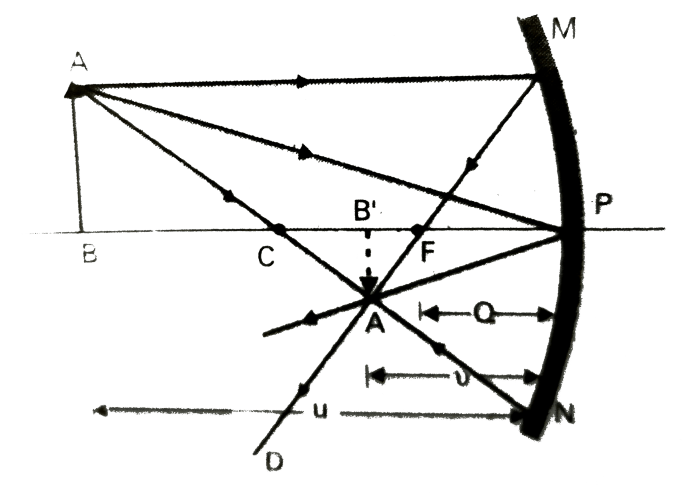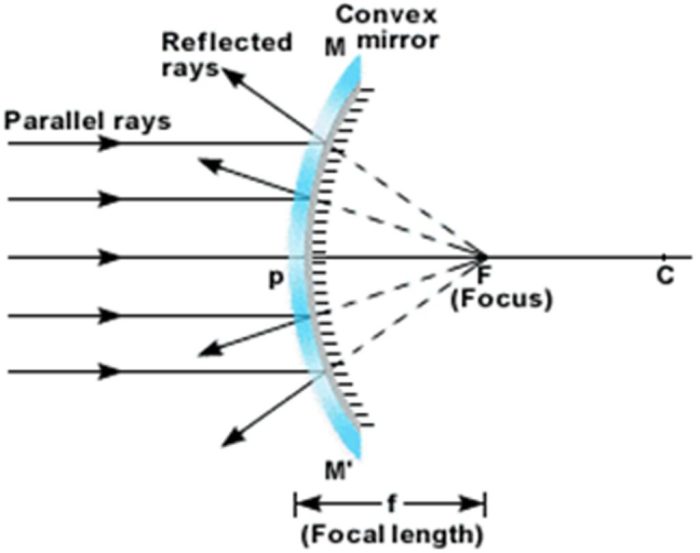This design involves only one optical surface a concave mirror – This design involves only one optical surface: a concave mirror. Concave mirrors are a type of spherical mirror that has a reflecting surface that curves inward. This inward curvature allows concave mirrors to focus light and form images, making them useful in a wide range of applications, including telescopes, microscopes, and other optical instruments.
In this article, we will explore the optical properties of concave mirrors, discuss their advantages and disadvantages, and provide examples of their applications. We will also discuss the design considerations and limitations for using concave mirrors in different applications.
1.
Mirror Design

A concave mirror is a reflective optical surface that has a curved shape, with the reflecting surface being the inner surface of the curve. The curved shape of the mirror causes light rays to converge (meet) at a point after reflection, known as the focal point (F).
The distance between the mirror’s surface and the focal point is called the focal length (f).
Concave mirrors have several important optical properties. They can converge parallel light rays to a point at the focal point, and they can form real or virtual images of objects placed in front of them. The type of image formed (real or virtual) and its characteristics (size, location) depend on the object’s distance from the mirror relative to the focal length.
Concave mirrors offer several advantages in optical systems. They can produce high-quality images with minimal aberrations, and they can be used to create a wide range of image magnifications. However, concave mirrors also have some disadvantages, such as their limited field of view and potential for coma and astigmatism aberrations.
2.
Applications of Concave Mirrors

Concave mirrors are widely used in various optical applications, including telescopes, microscopes, camera lenses, and laser systems.
- Telescopes:Concave mirrors are used as the primary objective in reflecting telescopes. They collect and focus light from distant objects, allowing astronomers to observe and study celestial bodies.
- Microscopes:Concave mirrors are used in compound microscopes to focus light onto the specimen, providing a magnified image for observation.
- Camera Lenses:Concave mirrors are used in camera lenses to focus light onto the image sensor or film, creating a sharp and clear image.
- Laser Systems:Concave mirrors are used in laser systems to focus and direct the laser beam, ensuring high-power and precise laser output.
3.
Ray Tracing and Image Formation
Ray tracing is a technique used to analyze the path of light rays through an optical system, including concave mirrors. By tracing the rays, we can determine the location and characteristics of the image formed by the mirror.
The image formed by a concave mirror can be real or virtual, depending on the object’s distance from the mirror. A real image is formed when the reflected rays converge at a point, and a virtual image is formed when the reflected rays appear to diverge from a point.
The relationship between the object and image distances, focal length, and magnification can be described by the thin lens equation: 1/f = 1/do + 1/di, where f is the focal length, do is the object distance, and di is the image distance.
Aberrations are imperfections in the image formed by an optical system. Concave mirrors can suffer from aberrations such as coma and astigmatism, which can distort the image and reduce its quality. However, these aberrations can be minimized by careful design and the use of corrective optical elements.
4.
Design Considerations
When designing an optical system using a concave mirror, several key parameters need to be considered to optimize its performance.
- Focal Length:The focal length determines the magnification and image quality of the system. A shorter focal length results in higher magnification but a narrower field of view.
- Aperture:The aperture (diameter) of the mirror determines the amount of light collected and the depth of field. A larger aperture allows for more light collection but can also increase aberrations.
- Field of View:The field of view is the angular range of the scene that the mirror can capture. A wider field of view is desirable for applications such as surveillance and wide-angle photography.
5.
Manufacturing and Testing

Concave mirrors are manufactured using various techniques, including grinding, polishing, and coating. The manufacturing process involves shaping the mirror’s surface to achieve the desired optical properties.
The optical performance of concave mirrors is tested using specialized equipment such as interferometers and profilometers. These instruments measure the mirror’s surface accuracy, reflectivity, and other optical characteristics to ensure that it meets the design specifications.
Quality control measures are implemented throughout the manufacturing and testing process to ensure the accuracy and reliability of concave mirrors. These measures include regular inspections, calibration of equipment, and adherence to industry standards.
Essential FAQs: This Design Involves Only One Optical Surface A Concave Mirror
What is a concave mirror?
A concave mirror is a type of spherical mirror that has a reflecting surface that curves inward.
What are the advantages of using a concave mirror?
Concave mirrors have a number of advantages, including their ability to focus light and form images, their wide field of view, and their relatively low cost.
What are the disadvantages of using a concave mirror?
Concave mirrors also have some disadvantages, including their susceptibility to aberrations and their limited depth of field.